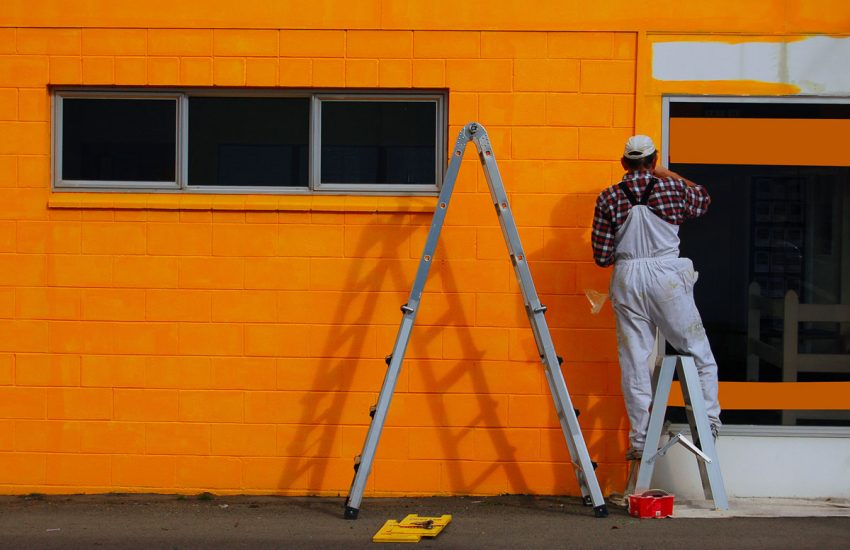When it comes to painting your home, interior wall colour is one of the most imperative aspects of construction and painting work. Selecting the right colour and right type of colour for the internal walls is as important as painting outside. It not only maintains the home but also makes it aesthetically and visually pretty and attractive.
Broadly categorizing, there are 6 major types of paints, that most of the households opt for their interior walls. These paints produced and supplied by aluminium paint suppliers and oil lubricants manufacturers to wholesalers, retailers and end users. Depending on the budget, desired look and feel and personal choice and preference, the households choose between matte, semi-gloss, gloss, enamel, emulsion, and distemper.
- Matte Painting
Matte colour is the most popular form of inner wall paints. There is no luster or shine as the finishing touch making it idyllic for walls and ceilings where one doesn’t require any graphics commotions. It’s simple and non-complex to apply, although it can habitually take more than a solo layer to produce a visually appealing solid colour. Matte paint can be used with a brush or roller and performs appropriately casing faultiness on the walls. Hence it is perfect for old and vintage houses.
- Semi-gloss Painting
One of the popular interior paints is semi-gloss painting. Although it’s more frequently used on a trim area in place of walls. It produces a hard finish and is apposite for sturdy use. Semi-gloss painting is easy to clean and the stains on it can be easily wiped off. The shine is not as much as glossy finishes but it is appropriate to cover the walls with one single coating.
- Gloss Painting
Just like matte paint, gloss paint is also equally popular and result oriented. Gloss paint hides all the unevenness on a wall and offers a decent even coverage with a single coat. Not only interior walls, but the gloss paints are also used on wooden surfaces and wooden furniture for the shine and polish.
- Enamel Paint
Enamel paint mainly produced by oil lubricants manufacturers needs primer coat to hold the paint strong. Enamel paint air-dries to a robust, typically glossy, finish, applied for layering surfaces that are exposed to heat, temperature, humidity, and smoke.
- Emulsion Paint
The emulsion is mainly water-based latex paint, mainly used for interior walls and ceilings. In Emulsion paint, primarily water is used as a solvent. Water is a mixing medium in which the binder, pigment, and additives are spread in the molecular method. Polymers are a binder, creating an incessant film on the surface. Binder used in emulsion paint is mainly alkyd resins, epoxies, and acrylic resins.
- Distemper Paint
Distemper paint is a vintage type of paint, made from pigment, chalk, and water. It is cemented with either an animal adhesive or the adhesive qualities of casein- a resin that is produced from coagulated milk. This is the early form of whitewash and can be applied with a normal paint brush.



